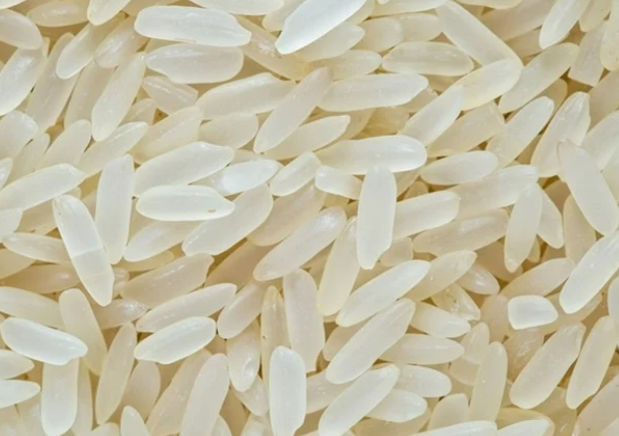Rice Drying, Polishing
he terms milling and polishing can be used somewhat interchangeably, but for the purposes of clarifying the technology used in sake rice production, we’ll talk about them as two separate processes.
The distinction might be best understood as a 2 step process:
Milling:
Removing the husk and possibly removing the bran layer. The husk is what you would see if you looked at rice grains growing in the field. The bran layer is what we learned in the last section is composed of the pericarp, the seed coat, and the aleurone layer. These layers are what give rice its natural brown appearance. This process can remove 8-10% of the total grain depending on the final product being brown or white rice.Polishing:
For the purposes of this documentation, polishing is a much more nuanced action than milling and is being described here as the removing of endosperm layer in a vertical rice polisher that uses rotating stones. This distinction is made here because there are 2 types of “polishing” in the rice processing industry and they do not refer to the same action. After the brown rice is made “white” using a rough, almost cheese grater type machine, some eating rice will undergo a “polishing” in a horizontal machine, which just basically cleans off excess bran and uses a little water and friction to make the grains looks smooth and shiny. This is NOT the same as the action performed in a vertical rice “polisher”, which acts as more of a “reducer”, slowly taking more and more of the grain away. Vertical rice polishers are capable of cooling the rice and slowing down the process as the grains become smaller and more brittle. Modern machines can reduce a grain down to almost 0% of the rice remaining. If you are familiar with the “Absolute Zero” brand, it isn’t actually 0%, that would be ridiculous, but for the purposes of Japanese labelling laws, under 1% is 0%, so… once again… marketing at its best.


Leave a comment
Comments (0)
No comments yet. Be the first to comment!